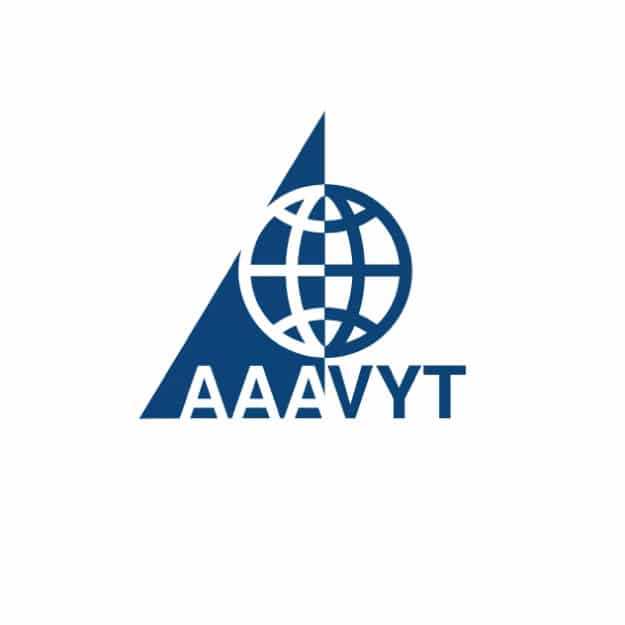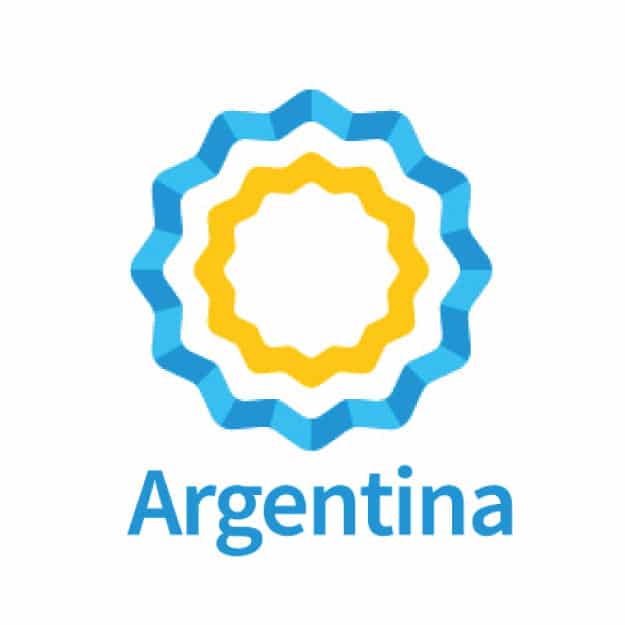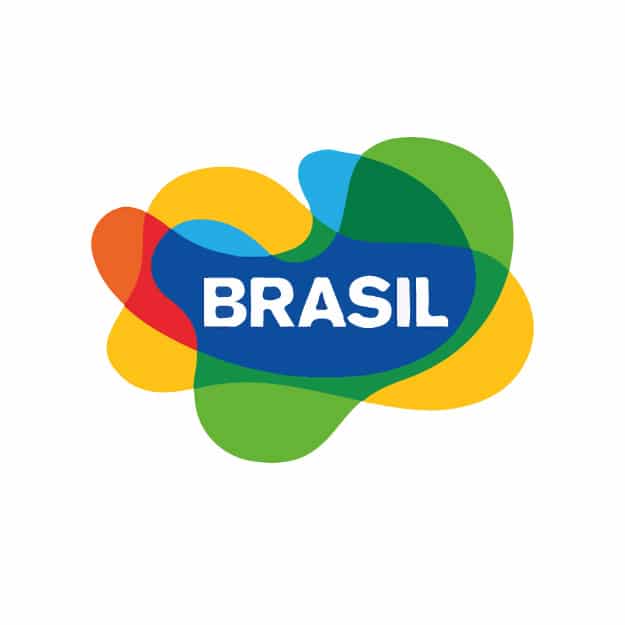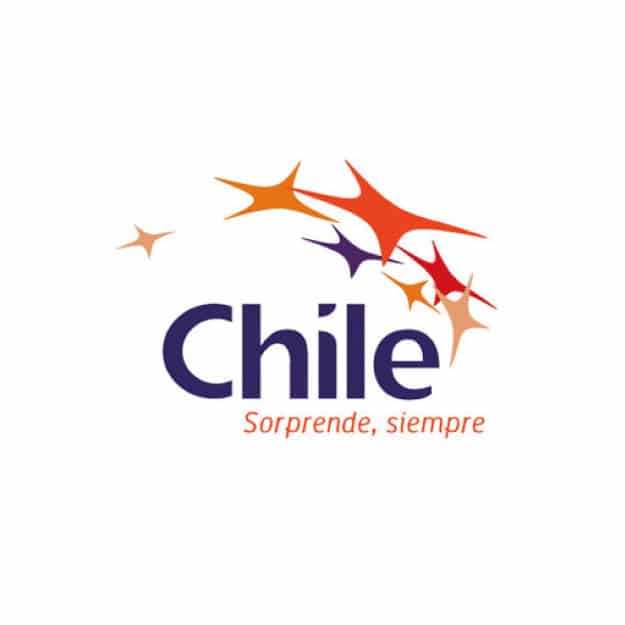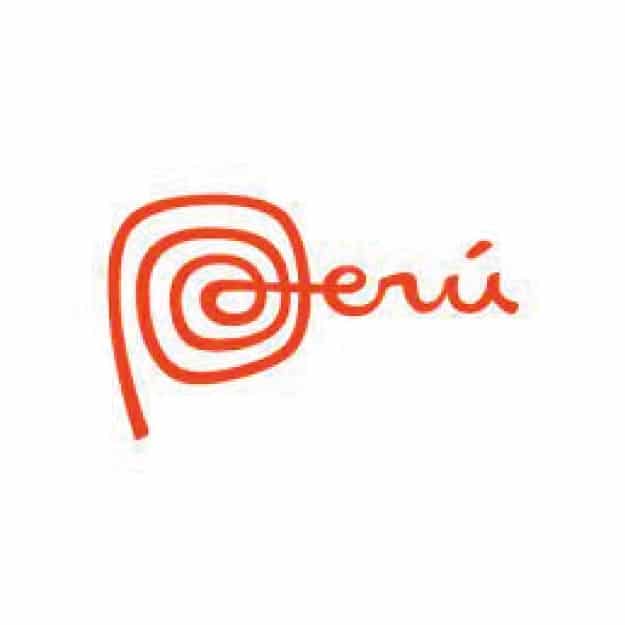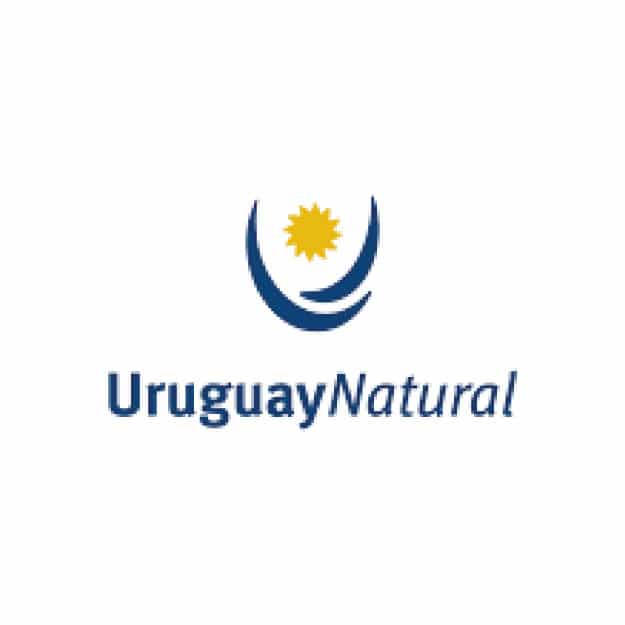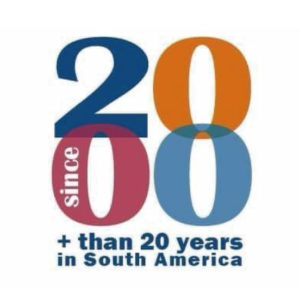The Moais: A bit of history and basic information
One of the most amazing things to visit during your trip to the remote Easter Island, are the Moais. The Moai statues are massive megaliths at Easter Island, and these are what this island is famous for. The moais were built in approximately 1400 – 1650 A.D. by the natives of this island also known as Rapa Nui.
Many know them as the Easter Island heads. This is a misconception from having seen photos of statues in the volcano Rano Raraku partitially covered up with soil. Truth is that all of these “heads” have full bodies. There are around 1000 statues, up to 86 tons tons in weight and 10 m in height, though average is around half of that. 95% of the moais were carved from the volcano Rano Raraku. This location was chosen since it consists to a great extent of tuff, which is what the moais from this volcano consist of. Tuff is compressed volcanic ash and is easy to carve, which was necessary since the natives had no metal to carve with, but used only stone tools; the so called toki.

Moai statues were built to honor chieftain or other important people who had passed away. They were placed on rectangular stone platforms called ahu, which are tombs for the people that the statues represented. The moais were intentionally made with different characteristics since they were intended to keep the appearence of the person it represented.
There was one group of carvers from which the statues were bought. The buying tribe would pay with whatever they had large quantities of. Examples of trade items would be sweet potatoes, chickens, bananas, mats and obsidian tools. Since a larger statue would mean a higher cost, bigger statues would also mean more greatness for the tribe, since it would be a proof of that the tribesmen are clever and hard-working enough to pay.
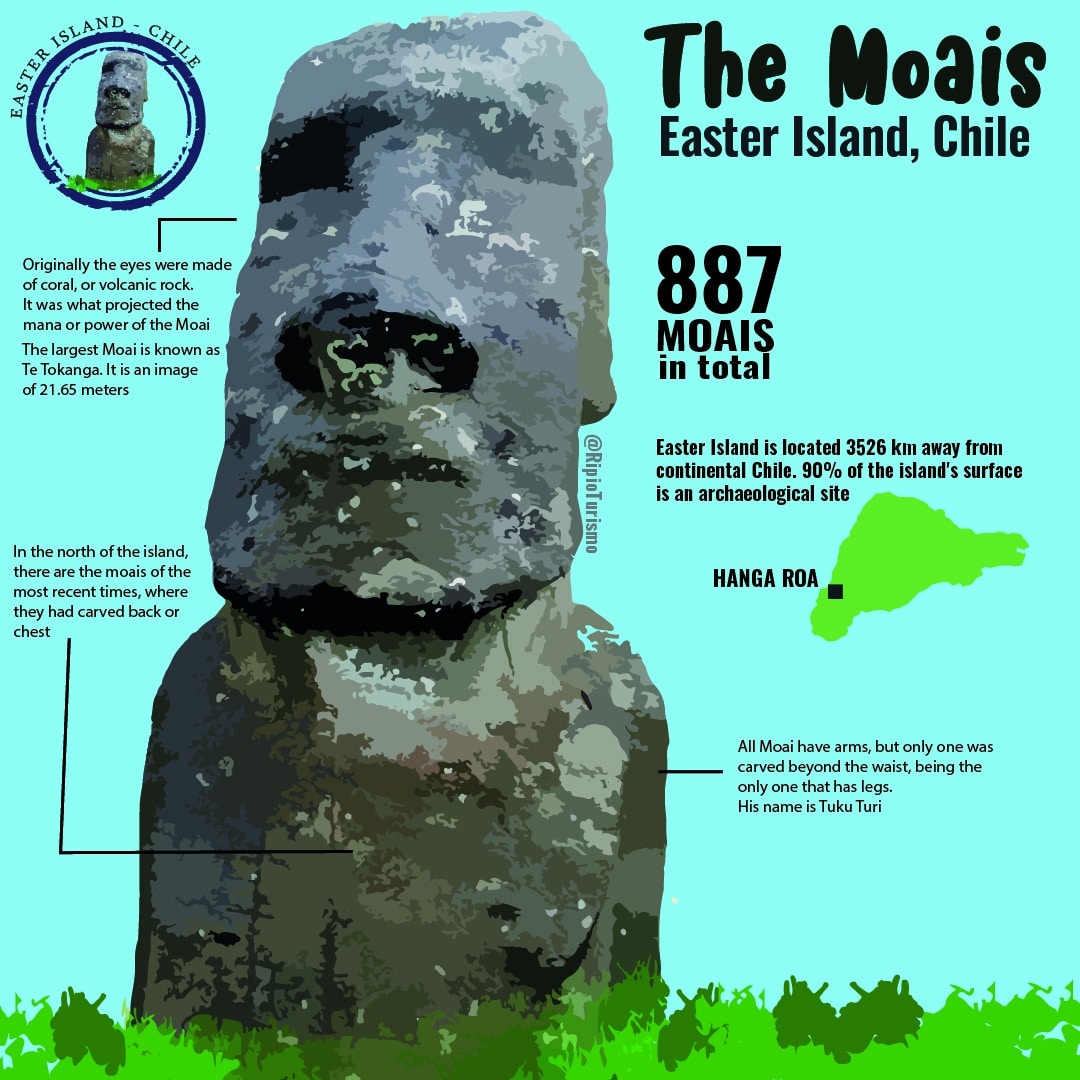
The production and transportation of the more than 900 statues is considered a remarkable creative and physical feat. The tallest moʻai erected, called Paro, was almost 10 metres (33 ft) high and weighed 82 tonnes (80.7 tons). The heaviest moʻai erected was a shorter but squatter moʻai at Ahu Tongariki, weighing 86 tonnes (84.6 tons). One unfinished sculpture, if completed, would have been approximately 21 m (69 ft) tall, with a weight of about 145–165 tons. The moʻai were toppled in the late 18th and early 19th centuries, possibly as a result of European contact or internecine tribal wars.
How to get Easter Island to see the Moais?
Only LAN Airlines flies one flight daily to Easter Island from Santiago, Chile. You need to add a 6 hour flight to whatever time it takes you to reach the Chilean capital, Santiago. Most people need to set aside an entire day to reach Santiago and then another to reach Easter Island.
The Moai Statue Hat
The moai hats actually represent topknots – hair, tied up like a ball on top of the head, called pukao in Rapa Nui. The mana (supernatural powers) was according to ancient beliefs preserved in the hair, which is why chieftains never cut their hair.






